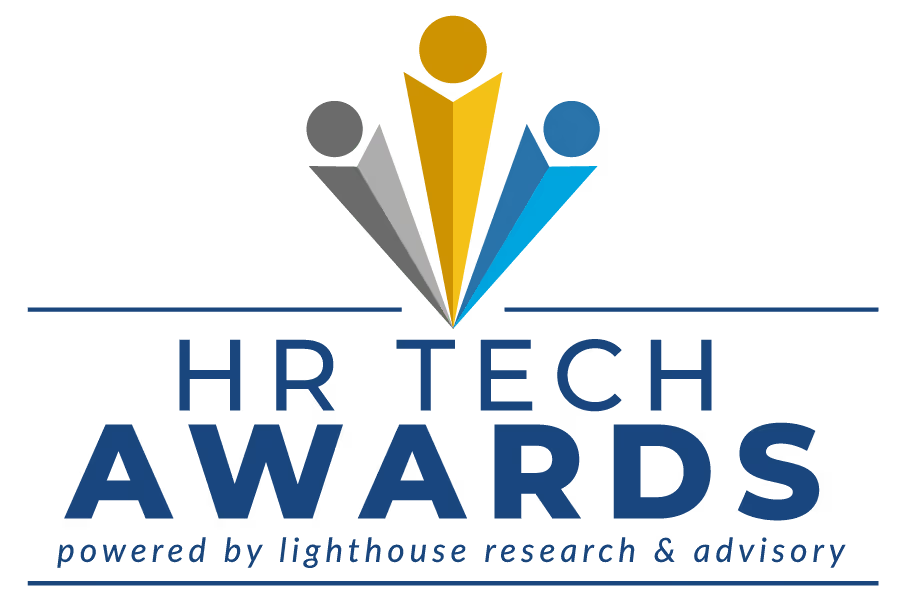
In addition to the challenges of navigating recruitment and hiring in an era of hybrid work, today’s HR teams find themselves tasked with sourcing the best candidates from a global talent pool. Digital technology is slowly erasing the barriers of geo-specific employment marketplaces and facilitating international recruitment for top roles. While this shift allows organizations to open their doors to a greater supply of potential talent, it has also made it more difficult to screen candidates quickly and effectively. To keep up with the surge in hiring and application volume, HR teams need to deploy and automate new hire assessments that allow them to make data-driven hiring decisions as efficiently as possible or risk losing candidates to the competition.
Adding to these challenges is the ease and frequency with which “today’s job seekers are taking their consumer habits into the job search” and “shopping” for the most attractive offer with a company that best aligns with their personal beliefs and ambitions. The search for the right fit is a two-way street and has become one of the most important considerations hiring managers can make.
Recruiting, Hiring, and Retention in the Digital Age
Most well-established companies have invested time and resources into defining their company culture and have tried to distill the essence of that culture into a few general concepts or phrases. Words like honesty, integrity, and customer service excellence come up in these statements again and again. But these concepts, however poignant, are just the tip of the iceberg when it comes to your company’s culture.
The Importance of Hiring for Culture Fit
Cultural fit is a contentious issue in the HR world. Some feel it can reinforce bias if hiring managers subconsciously focus on finding candidates like themselves. But this common pitfall is easily avoided with new hire assessments that standardize hiring criteria and reduce the chance of bias. The fact remains that hiring for cultural fit plays a vital role in creating a productive team and reducing attrition. Indeed, “organizational culture can be the beating heart of your workforce or a hindrance to productivity. By focusing on it during and after the hiring process, you can ensure a cohesive, positive culture.” For many, culture is what keeps the team focused on achieving their shared goals.
Defining your company culture goes much deeper than the company mission statement. It starts by describing your ideal employee, thinking deeply about the skills and attitudes that make that employee exceptional, and then using that persona as the gold standard for every new hire.

Defining your ideal employee
The right hire strikes a balance between the hard and soft skills that contribute to the greatest success in the role you’re hiring for. You’ll need to think carefully about the skills and aptitudes you’d like your new hires to have so they can be measured in the assessment process. Tracking the performance outcomes of all candidates hired using Learning Branch assessments, we’ve found that there are three steps to hiring good quality candidates:

Focus on the skills that matter
The most in-demand skills for a front-line employee are communication skills, creativity, listening skills, problem-solving ability, and resourcefulness. Hire for the skills that will drive the best results for each role.

Measure Performance
As the saying goes, we can only manage what we measure. Measuring on-the-job performance is the best way to identify high achievers, establish a performance baseline, and create metrics to assess new hires.

Benchmark and Standardize
Analyze the skills and achievements of your top-performing employees to establish a benchmark, and then use that benchmark to standardize your screening requirements. In so doing, your hiring decisions will boost the productivity of your entire team.
Defining the ideal employee is the first step in deciding your ideal company culture and establishing metrics to assess cultural fit. Hiring for cultural fit has been shown to increase retention, engagement, performance and productivity, social cohesion, and internal communication.
Assessing Cultural Fit
Once you’ve come up with a clear definition of your ideal employee, consider the type of culture that would naturally arise with a team of all-stars. How would the ideal employee perform in your current workplace? What kind of work environment would they thrive in? Is your company culture a fit for the sort of work environment your ideal candidates are looking for?
It is important to remember that savvy candidates won’t be swayed by your mission statement or company policies. Yesterday’s most coveted perks are becoming the expectation, and today’s job seekers can easily find evidence for the actual lived experience of the work culture you’ve created in employee reviews and online forums. If not carefully defined, culture can be a nebulous concept, so it’s important to work through this thought process if you’re struggling to attract the right kind of candidates.
Once you have a solid grasp of the ideal employee and culture needed to reach your company’s goals, you can assess cultural fit right alongside hard and soft skills with the help of new hire assessments and screening tests.

Screening candidates quickly and efficiently
The need to hire for skills, aptitudes, attitudes, and culture fit has created a new set of challenges for in-house HR teams—how to screen candidates for all these elements as quickly and efficiently as possible? That’s where screening assessments come in.
You can filter a large batch of candidates and eliminate the poor fits early in the hiring process with a new hire assessment. It consists of situational questions that are designed to give you real insights into the person you are considering for the role, allowing you to make an informed decision quickly. And with the help of an AI-driven platform, you can speed and even partially automate the hiring process, saving your HR team precious time and resources.
Candidates face real on-the-job scenarios to measure their performance and potential fit while also giving them a clear impression of the tasks they’ll be expected to perform daily if they accept the job—this an essential step in the hiring process and one that is often overlooked. It is crucial to allow candidates to make their own assessment of their fit for the role. Giving them a chance to preview the kind of work they’ll be expected to do is one of the best ways to reduce new hire turnover. According to one Gartner study, “the number of new hires who regret their decision has risen nearly 50% since 2008.” Candidate regret translates into “lower productivity and lower employee engagement — and a much greater likelihood of turnover” for the hiring company.
Ensuring a mutually good fit improves retention, satisfaction, and performance. An employee who enjoys greater job satisfaction is more likely to be happy in their role, and we all know that happier employees lead to happier customers—which means better KPIs in the long term. That’s why pre-hire assessments are so critical. By hiring people who have the skills needed to be successful in the role and the disposition to thrive in your company’s culture, you’ll reap the rewards of more productive employees and better results for years to come.
Let us help you find great people with HiringBranch pre-hire assessments.






































.jpg)

.jpg)



























.jpg)




.png)
.png)


































.webp)





.svg)